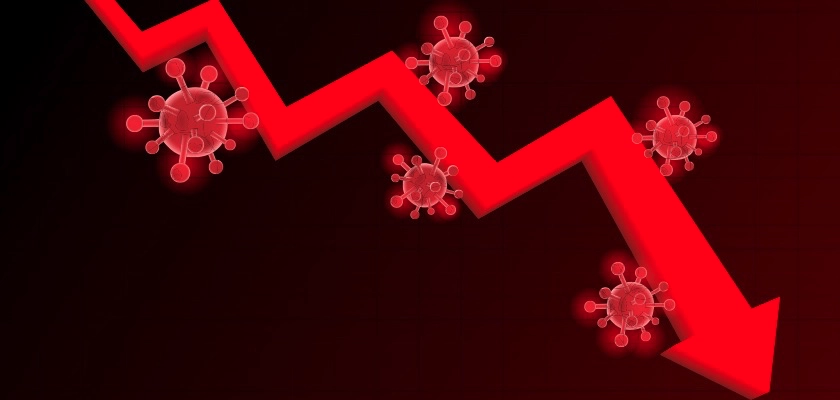How Supply Chain Technology Delivers Competitive Advantage | July 2022
Inflexible supply chain systems have become a major problem, preventing organizations from responding to sudden changes in supply and demand.

Global supply chains were severely disrupted by the COVID-19 pandemic. Months-long stockouts followed by surging demand left customers frustrated as companies struggled to redirect products, ramp up production, and resolve material shortages. Inflexible supply chain systems have become a major problem, preventing organizations from responding to sudden changes in supply and demand. With a better tech stack (i.e., the combination of technologies an organization uses to achieve its goals), companies can reduce risk and improve efficiency.
Supply chain management
Supply chain management refers to connecting and integrating all parties or members of the distribution system to satisfy customers. Firms that are “upstream” in the supply chain (e.g., suppliers) and “downstream” (e.g., wholesalers and retailers) work together to serve customers.
Supply chain managers manage risk by identifying, assessing, and mitigating risks that threaten an organization’s supply chain. A few common supply chain risks include economic uncertainty, weather, politics, material and labor shortages, and safety recalls.
Digital transformation
Poor-quality siloed data and clunky legacy software systems contribute to data complexity. Digitization can help organizations that struggle with supply chain disruption. Emerging technology can improve communication, forecasting, tracking, operational efficiency, and human decision-making, reduce the risk of disruption, and create a competitive advantage. According to a Gartner survey, more than 60 percent of respondents said technology is the main source of competitive advantage.
Artificial intelligence (AI) relates to machine (computer) learning that can perform activities and tasks that usually require human intelligence such as decisions, visual perception, and speech recognition. Supply chain systems equipped with AI can improve decision-making by helping managers understand real-time data and making future predictions based on historical data. For example, Starbucks’ AI engine called Deep Brew automates daily inventory orders at hundreds of locations.
Many organizations are looking to emerging technologies, such as AI-powered robots, to make improvements. For example, Amazon has a fully autonomous robot called Proteus equipped with safety, perception, and navigation technology to move large carts in one of its warehouses. Gartner predicts that by 2026, 75 percent of large companies will have adopted smart robots in their warehouses. This prediction is based on labor constraints, rising labor costs, and other factors related to the residual impacts of the pandemic.
Blockchain, a decentralized ledger that records transactions and tracks assets, can help increase visibility and transparency in the supply chain with enhanced end-to-end tracking. Information can be added to the blockchain but not deleted. This can empower buyers and retail consumers. For example, Walmart requires produce to be tracked from the field to the store to improve food safety. When large companies such as Walmart introduce higher standards, it pushes their supply chain partners to upgrade their systems or risk losing Walmart as a client.
Why organizations are slow to upgrade
Upgrading systems and adopting new technologies can be time-consuming and costly. Additionally, some organizations do not have the right human talent to deploy new technologies. Organizations may invest in new systems and software, but they need qualified workers to implement and maintain them.
In the Classroom
This article can be used to discuss supply chain management (Chapter 8: Managing Operations and Supply Chains).
Discussion Questions
What is supply chain management?
How can artificial intelligence improve decision making?
Why are organizations sometimes slow to adopt new technologies?
This article was developed with the support of Kelsey Reddick for and under the direction of O.C. Ferrell, Linda Ferrell, and Geoff Hirt.
Sources
Nathan Sinnott, "Using Tech to Build Supply Chain Resilience in a Changing World," Entrepreneur, May 30, 2022, https://www.entrepreneur.com/article/426600
Paul J. Noble, "It’s Time To Apply 21st-Century Technology To Today’s Supply Chain Challenges," Forbes, October 13, 2021, https://www.forbes.com/sites/paulnoble/2021/10/13/its-time-to-apply-21st-century-technology-to-todays-supply-chain-challenges/?sh=31d284e559d3
Sarah Hippold, "Gartner Predicts the Future of Supply Chain Technology," April 20, 2022, https://www.gartner.com/smarterwithgartner/gartner-predicts-the-future-of-supply-chain-technology



